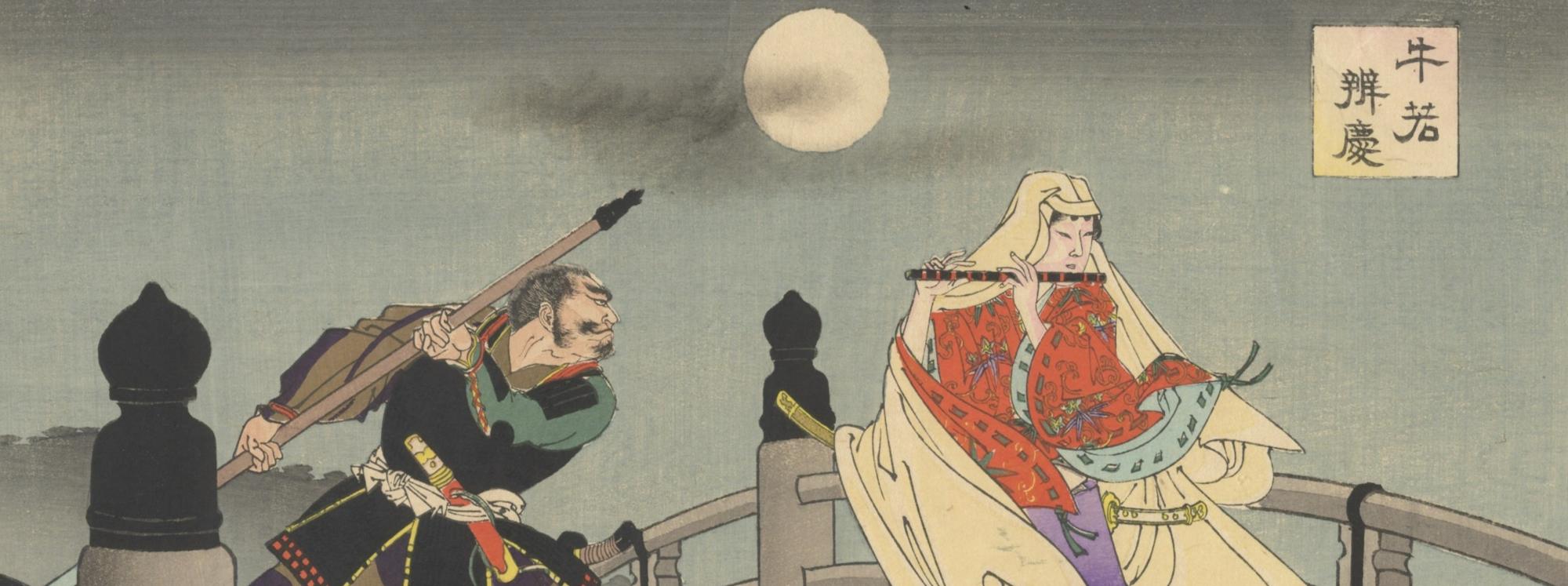
News
Inro: a functional art
Posted On: 02 Aug 2021 to Inro, Japanese art, Japanese antiqueInro are small containers that could be roughly described as the handbags or pouches of ancient Japan.
.jpg)
Contact us to find out about our current selection of inro.
Inro are small containers that could be roughly described as the handbags or pouches of ancient Japan. They had both practical and esthetical value. Though they usually were square, round or polygonal in shape, a variety of special animal shapes also exist. Over time, these containers came to be extremely luxurious and extravagantly decorated gadgets.
Consisting of a few compartments, the containers are joined by a silk string running through hollowed out channels on both sides of the object. As Japanese clothes (kimono) did not have pockets, inro became a substitute for the latter.
Kimono are fastened with a sash that sits at waist level, which was where an inro would be hung from. The inro was suspended at the bottom of the sash, a netsuke securing it in place, while an ojime bead at the top of the inro protected the container from opening accidentally. Initially worn by men, they filtered into female fashion over time.
Inro were perfect for insulating items such as medicine against Japan’s particularly humid and hot climate, because they were largely made of wood and leather coated with lacquer, which is a material that is known for its preservative qualities. Occasionally, ivory, paper, cloth or ceramics were used as additional materials to make these cases.
Lavishly decorated with various types of lacquer work and sometimes supplemented with inlays of ivory, mother of pearl and coral, an inro could be a very personal item. Even today, it has the potential to reveal a lot about the person that it belonged to. While the first motifs that were used for the decoration of inro reference ukiyo-e (Japanese woodblock prints and paintings), the number of inspirations and designs grew countless, only limited by the owner’s circumstances and the artist’s imagination.
See more items at Japanese Gallery Inro.
